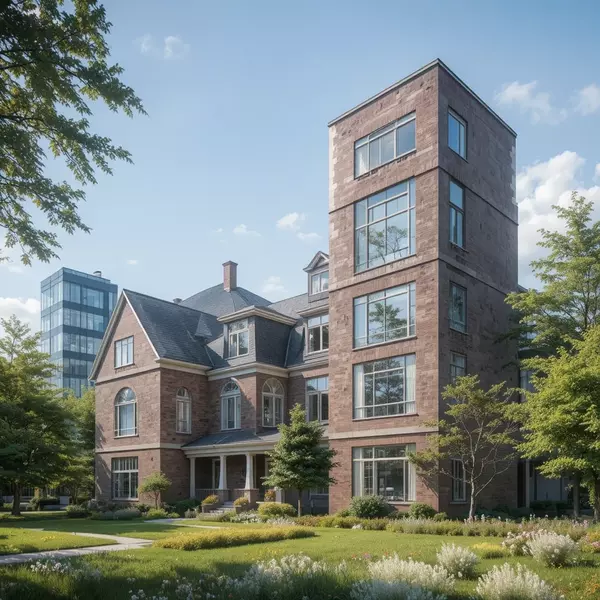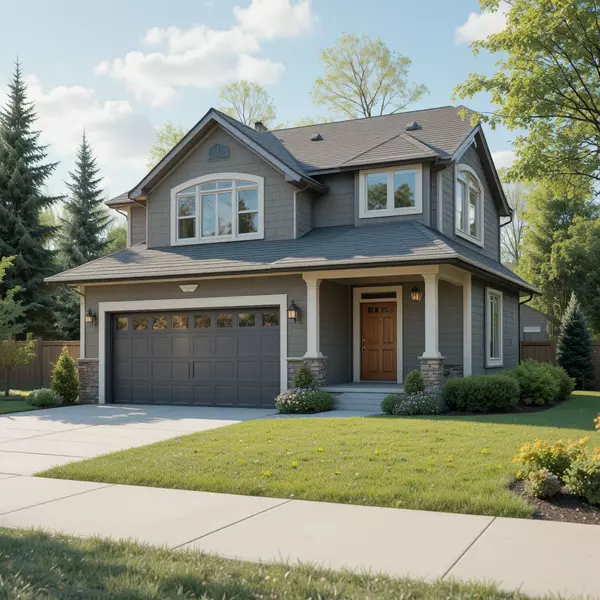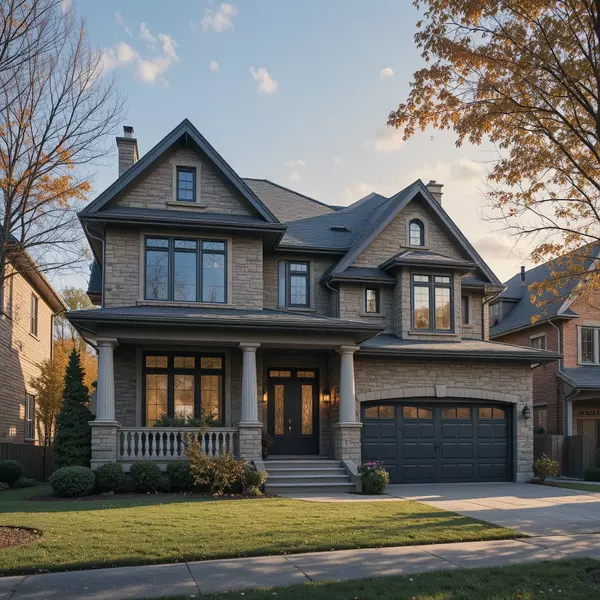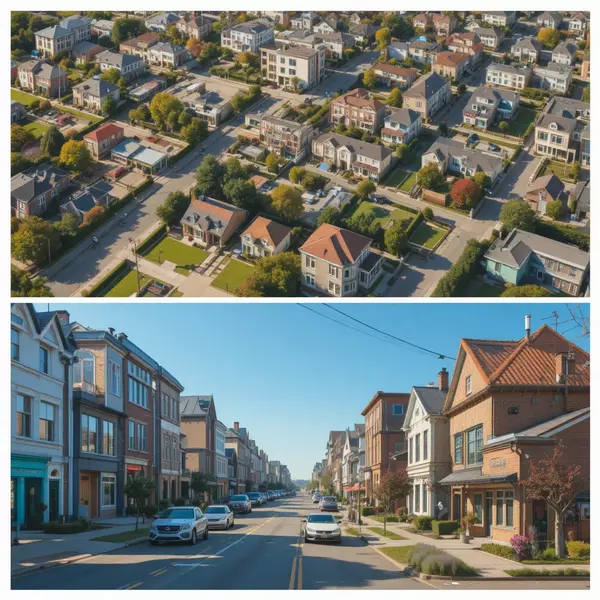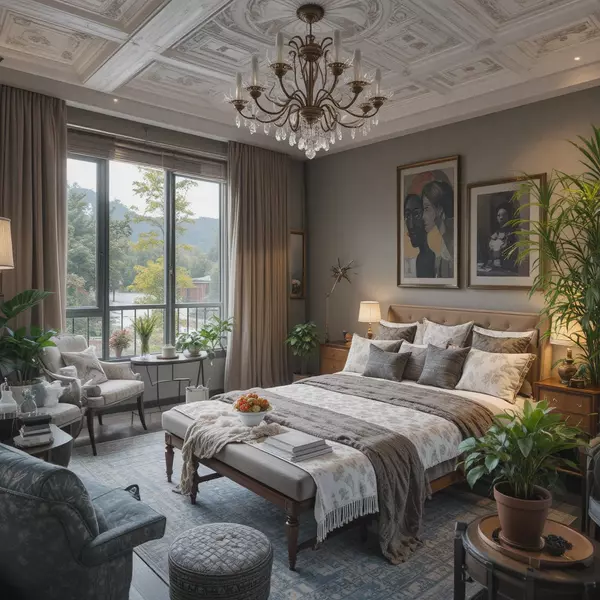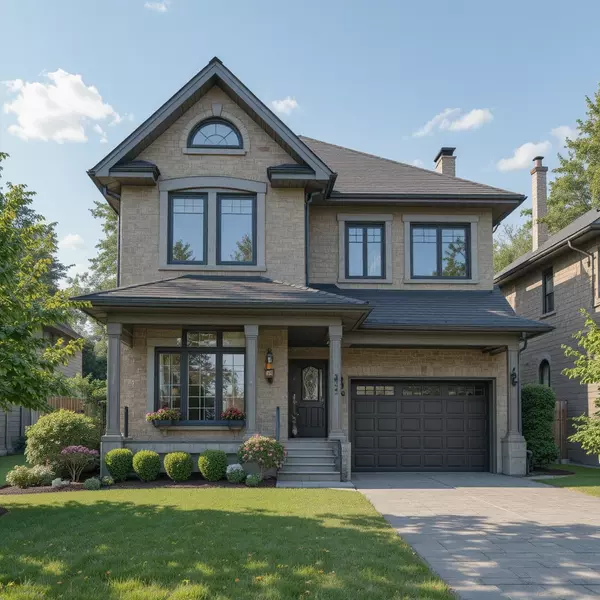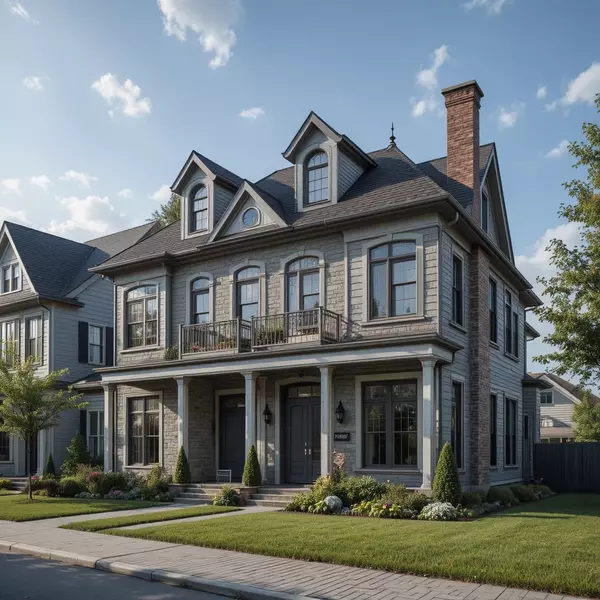The Role of Curb Appeal in Attracting Buyers
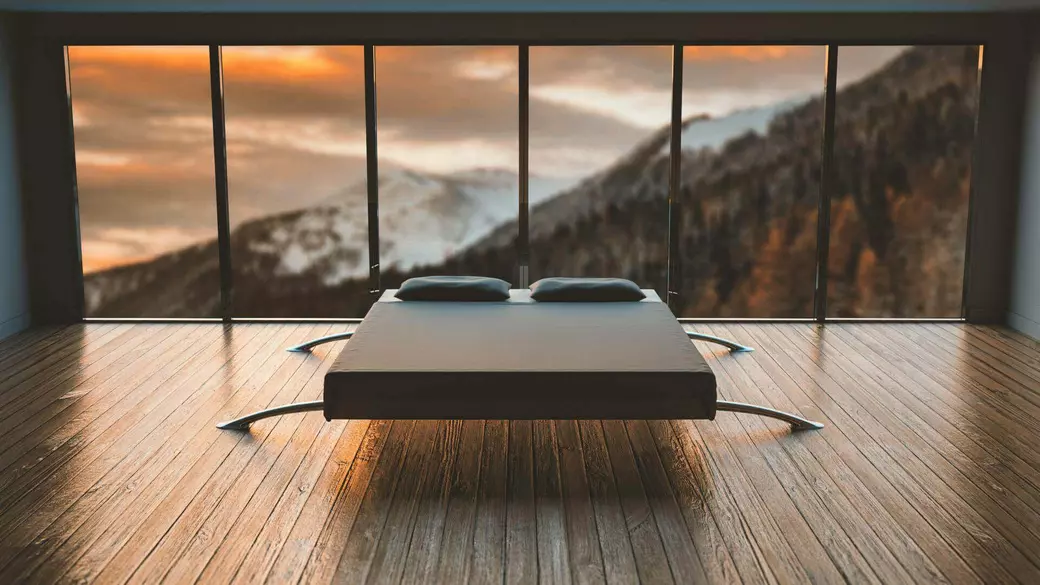

In the world of real estate, a home's journey to a successful sale begins long before a buyer steps inside. It starts with the curb appeal: the overall attractiveness of a house from a street level. This initial impression is, quite literally, the gatekeeper of your sales process. In a market saturated with online listings and drive-by viewings, a compelling exterior is the critical factor that converts a passive searcher into an active prospect. A well-maintained, inviting façade compels buyers to stop, book a showing, and begin to form a positive emotional attachment to the property, while a neglected exterior often guarantees the buyer will drive right past.
The power of curb appeal extends far beyond aesthetics; it has a profound psychological impact on the buyer's perception of value. This is known as the "halo effect." Buyers subconsciously assume that if a seller has meticulously cared for the outside of their home, the interior and the unseen mechanical systems have been equally well maintained. This positive association makes buyers more forgiving of minor flaws indoors and often leads them to subconsciously place a higher perceived value on the entire property. Conversely, a poor first impression plants seeds of doubt about deferred maintenance, leading to lowball offers and difficult negotiations.
The good news is that achieving maximum curb appeal often requires high-impact, low-cost foundational work, not expensive renovations. The highest priority is meticulous landscaping maintenance: keeping the lawn freshly cut, hedges neatly trimmed, and all walkways completely free of weeds, leaves, and debris. Furthermore, a thorough power washing of the siding, front porch, and driveway can instantly remove years of grime and dramatically brighten the home's appearance. These foundational clean-up steps are essential before any decorative additions are made.
Once the basics are covered, sellers should focus on the focal points that draw the eye. The front door is the "face" of the house and should be welcoming this is a prime opportunity for a fresh coat of paint in a classic, inviting colour, coupled with new, polished hardware. Upgrading exterior lighting is another key element; replacing dated fixtures with modern, attractive alternatives not only enhances style but provides security and a warm, welcoming glow for evening showings. Simple additions like fresh, vibrant potted plants near the entrance complete the scene, creating a sense of immediate home ownership potential.
It is also vital to adapt your curb appeal strategy to the season. In the spring and summer, maximizing colourful annuals and ensuring any decks or patios are clean and staged for outdoor living is key. In the fall, prompt leaf removal and tasteful seasonal décor maintain the home's neat appearance. During the winter, the focus must be entirely on accessibility and safety: snow and ice must be meticulously cleared from driveways and walkways, ensuring that the buyer's experience is safe and easy. A home that looks well cared for, even under adverse weather, demonstrates pride of ownership.
In conclusion, investing in curb appeal is not merely a suggestion; it is a mandatory step in preparing your home for sale, serving as the best return on preparation time you can make. It sets the tone, elevates perceived value, and ensures that motivated buyers don't overlook your property. Sellers should always consult with their real estate agent to prioritize the 3-5 most crucial, cost-effective exterior fixes for their specific home and neighbourhood, guaranteeing that the home makes a stunning first impression that translates directly into a faster, more profitable sale.
Categories
Recent Posts
